You see them in store windows. You see them on TV. You see them online, and you see them in your own home. They're all symbols of the spookiest holiday of all, and their backstories may surprise you...
What really lies behind the facades of your favorite black cat, spider web, and Jack-o'-lantern? Here's the origin of all your favorite Halloween symbols:
1. Bats
These creepy little creatures have appeared in superstitious folklore for ages. As nocturnal animals, bats appear only at night and have thus been associated with the dark seasons of autumn and winter. Many bats possess vampiric qualities, too, finding nourishment only in other animals' and humans' blood - certainly a frightening prospect.
Some tales go so far as to suggest that bats hold the power of communication with the dead. Using echolocation, bats screech at sound frequencies that often exceed the hearing capacity of human ears. This "special power" - silent speech, if you will - contributed to the idea of bats as supernatural beings in communication with the spirit world.
2. Spiders and spiderwebs
I don't need to tell you why spiders - particularly large, venomous spiders - are scary. In folklore, spider venom is a symbol of death and often makes appearances in legendary accounts of witches' brews. Spiderwebs, similarly, stand for the cyclical passing of time (think: the three Moirai of Greek mythology and their Threads of Fate). Once completed, the web becomes essentially a death-trap in and of itself. Spooky.
3. Corn Husks
On one hand, we could look at corn husks as symbols of the autumn harvest. On the other hand, we could look at them as European legend does: dry, useless shells of things once living but now dead - essentially, corn skeletons. Your choice.
4. Jack-o'-Lanterns
Prepare yourself... the very first Jack-o'-lantern was actually a carved turnip.
Yes, it's true. In Celtic lore, a man called "Stingy Jack" made a deal with the devil that ultimately backfired, leaving him as a lost soul to roam the earth forever with nothing but a flickering light to guide the way. Jack put the light in a hollowed-out turnip to protect it from the cold winds as he wandered. Soon after, the people of Ireland began to carve their own menacing Jack-o'-lanterns and place them on their doorsteps to ward troublesome Jack away from their homes.
5. Ghosts
Perhaps the most classic symbol of Halloween yet, ghosts serve as a reminder of all that may lie behind the "veil" separating natural from the supernatural. Iridescent, fleeting, and entirely uncanny, ghosts are the ultimate encapsulation of "spooky". According to Celtic legend, ghosts and specters crossed over the veil on one day each year, known as Samhain, and walked among the living.
Today, we call that day Halloween.
6. Costumes
In continuation of the Samhain legend, the custom for humans was to wear some sort of costume or mask (the scarier, the better) to confuse the spirits and, hopefully, make them think that they were ghosts, too.
You may be surprised to learn that wearing costumes for Halloween became customary in the United States during the 20th century, but commercial trick-or-treating only became a tradition during the 1950's. Ages earlier, Celtic "soulers" would travel door-to-door pleading for food in exchange for prayers for the dead during the Samhain season. I have a feeling the ancient Celts neglected to hand out Twix bars, though.
7. Witches
In short, the symbolic image of an evil witch embodies all femininity gone wrong. I suppose that in ancient patriarchal society, this could have been considered the greatest terror of all. Halloween witches are coarse and rude, and they are associated with other symbols of twisted domesticity; i.e. witches' brew (cooking) and flying broomsticks (household cleaning). Witches were also believed to be in league with the devil, hosting evil rites in the forest at night and conjuring up spirits from the netherworld with their supernatural powers. Conveniently, these powers were always strongest during Samhain.
8. Black Cats
Don't let one cross your path...
Black cats are the ultimate witch's companion: dark, feline, feminine, and mysterious. Ancient Celts believed that black cats hosted the souls of the dead, acting as crossing-points between earth and the supernatural. Other folklore tells that witches could transform themselves into the shape of their dark feline friends, doing so often to fool their enemies.
The next time you see one of these Halloween symbols, don't forget what lies behind them... there's a lot of history underneath all that spook!
For more information about the origin of Halloween symbols, visit:
http://www.halloween.com/all-about-halloween/categ...
https://www.lomography.com/magazine/116205-hallowe...
https://www.livescience.com/16677-halloween-supers...


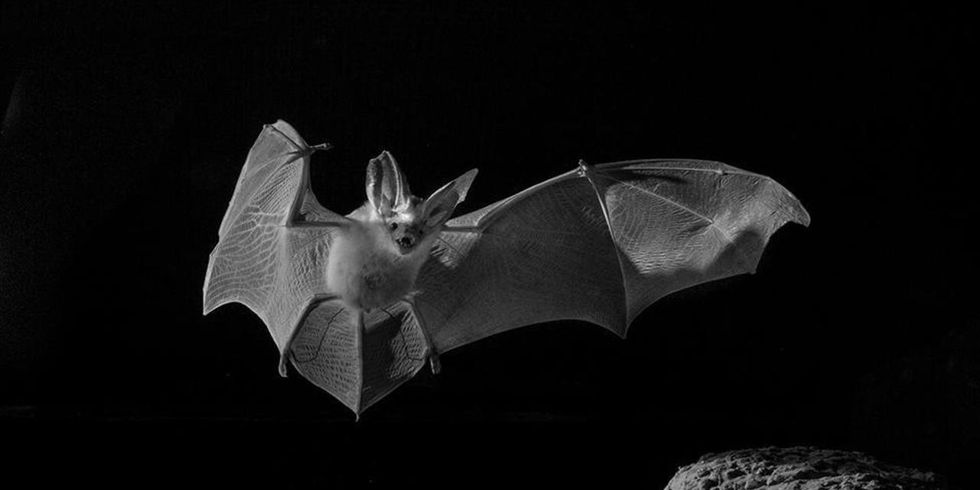
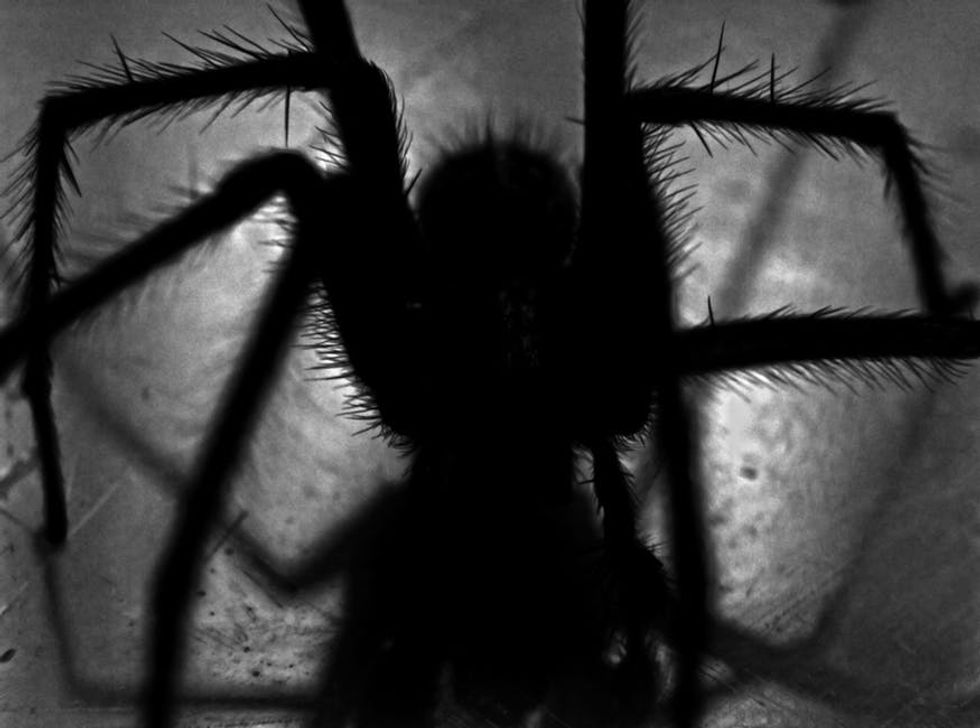
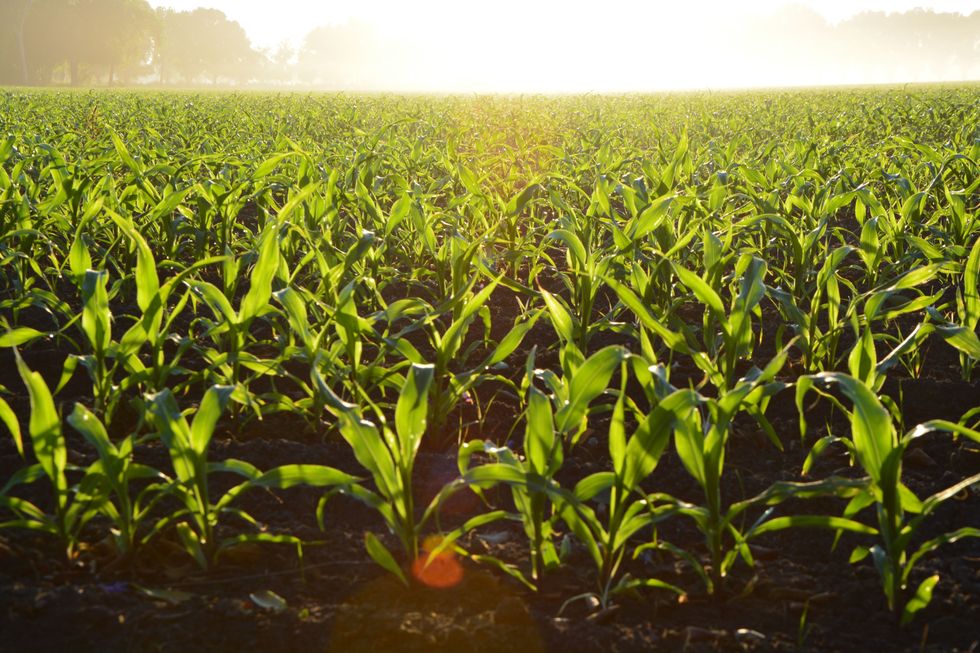
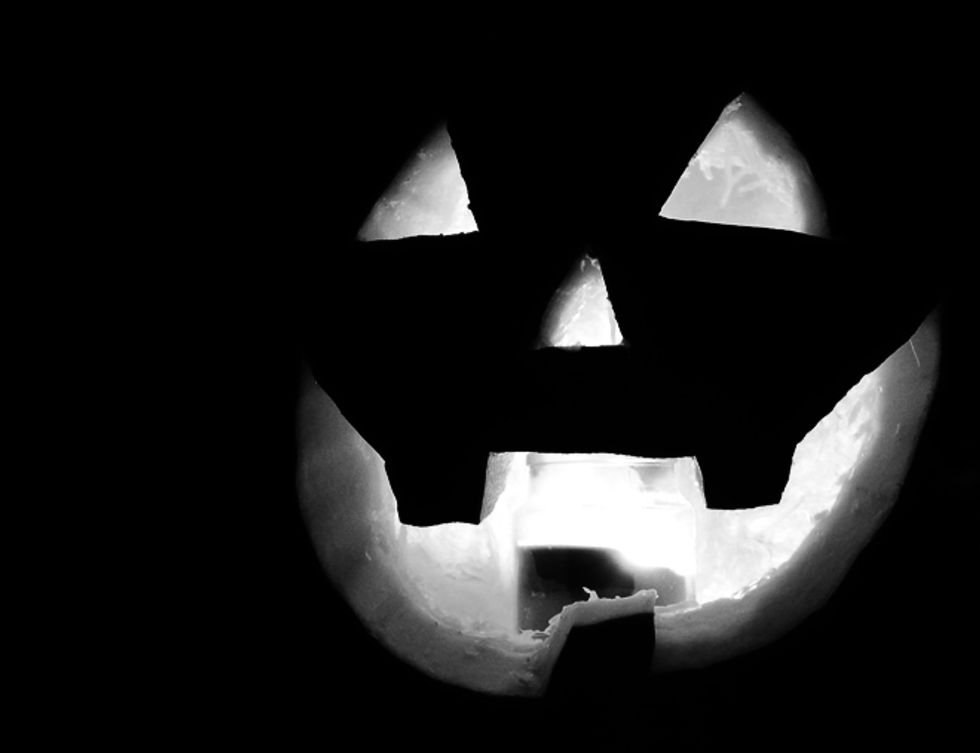
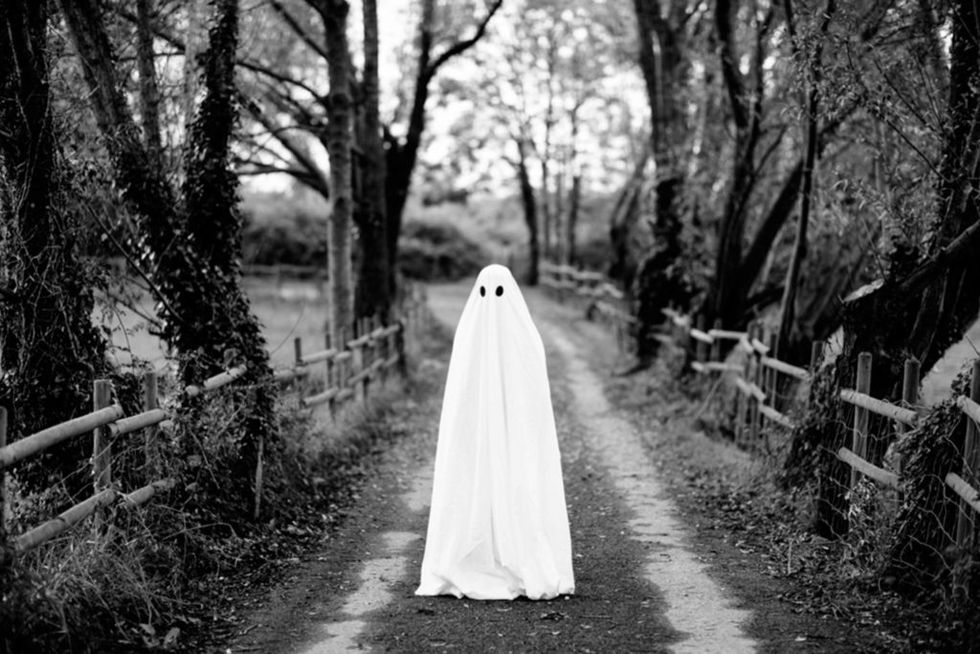
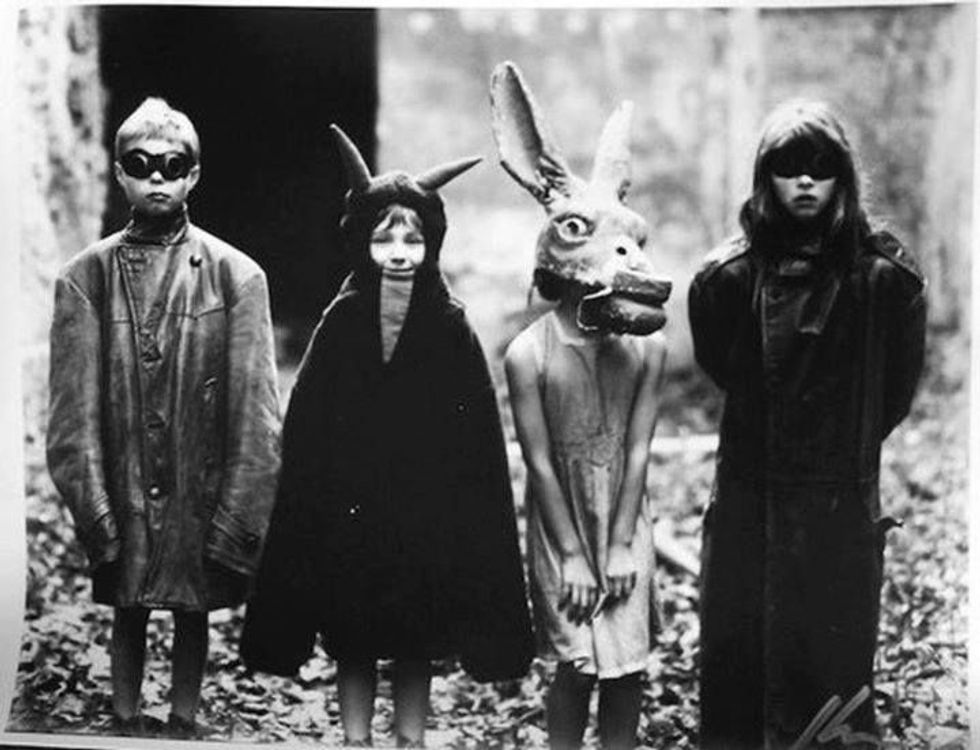
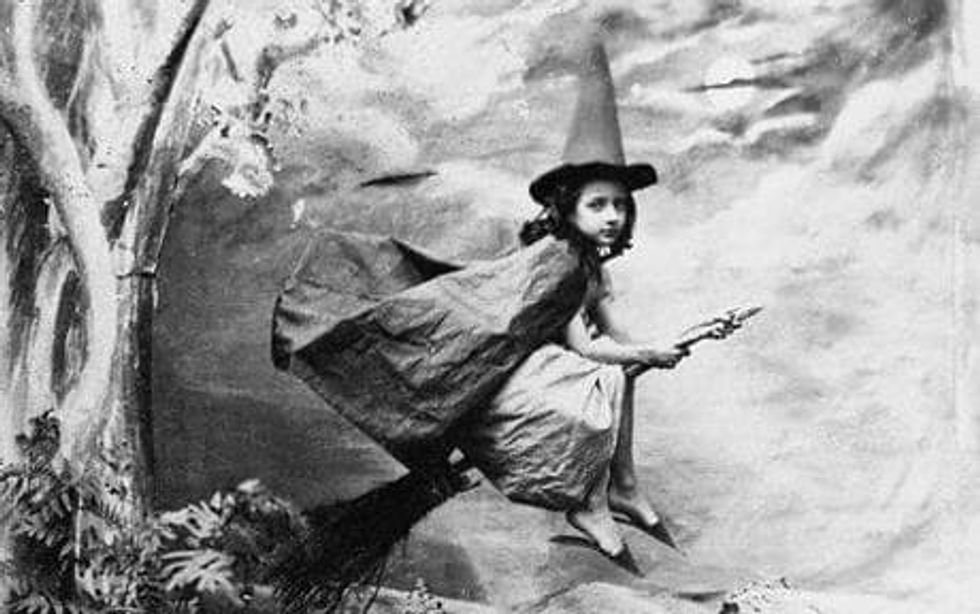
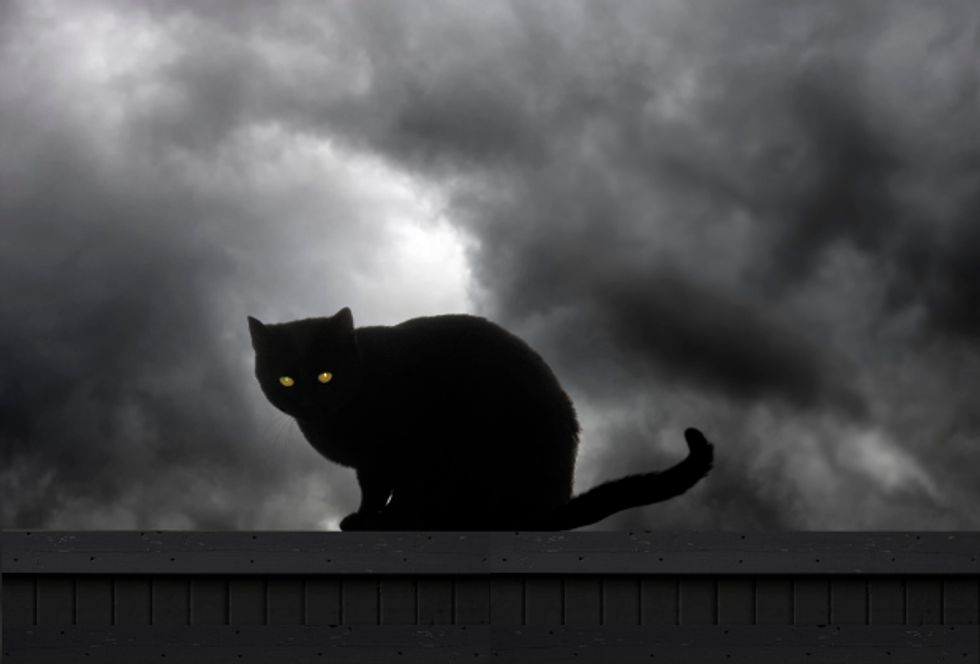


















 sunrise
StableDiffusion
sunrise
StableDiffusion
 bonfire friends
StableDiffusion
bonfire friends
StableDiffusion
 sadness
StableDiffusion
sadness
StableDiffusion

 purple skies
StableDiffusion
purple skies
StableDiffusion

 true love
StableDiffusion
true love
StableDiffusion
 My Cheerleader
StableDiffusion
My Cheerleader
StableDiffusion
 womans transformation to happiness and love
StableDiffusion
womans transformation to happiness and love
StableDiffusion
 future life together of adventures
StableDiffusion
future life together of adventures
StableDiffusion





















